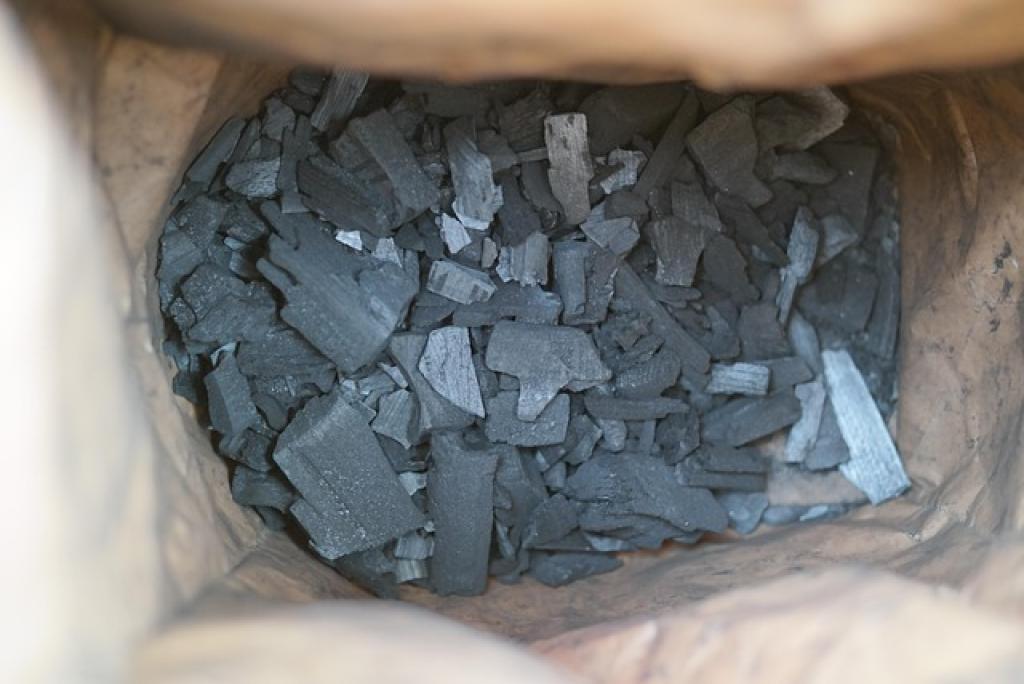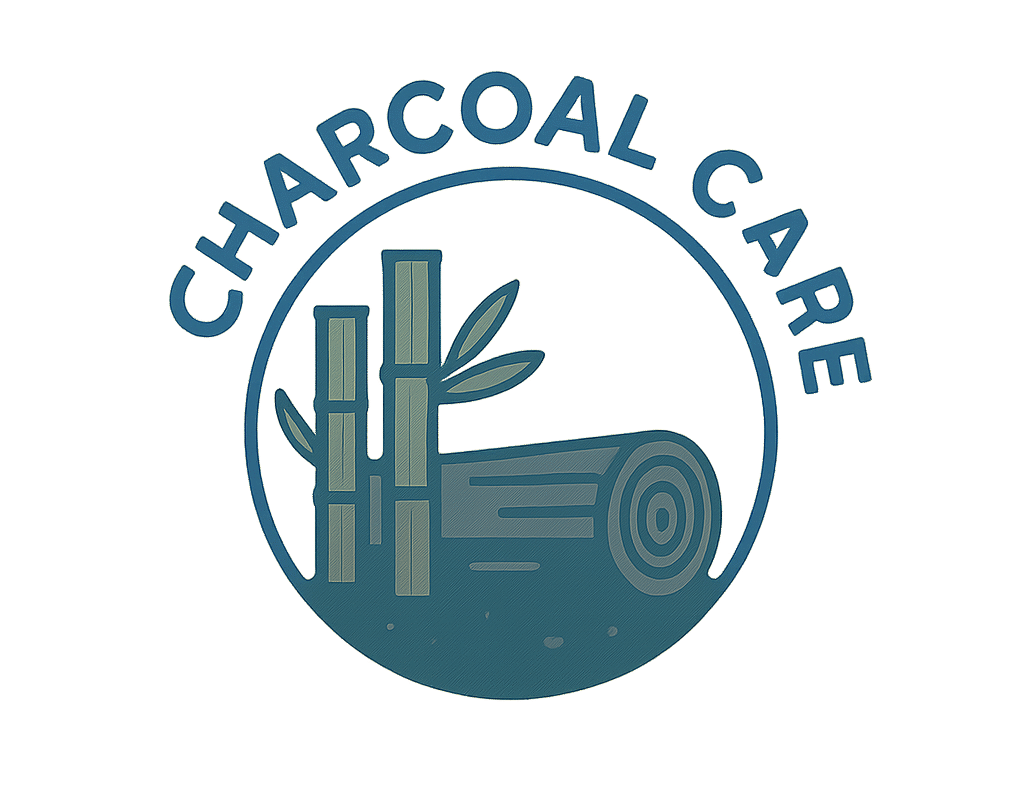Ever thrown away a pair of shoes or suffered a musty-smelling closet due to moisture? Charcoal bags can be a game changer! These little miracles are unsung heroes, fighting dreaded dampness and unpleasant odors.
Charcoal isn’t just for drawing or grilling anymore. It’s a natural absorber, and when packed in breathable bags, it’s fantastic at controlling moisture. However, all charcoal bags aren’t created equal. The bag material plays a crucial role in how well it performs its job.
From cotton to linen, each material offers its perks. Cotton bags are often praised for their durability, while linen is celebrated for its breathability. Then there’s burlap, known for its rustic charm and eco-friendliness. But how do these materials stack up when it comes to effectively soaking up moisture and keeping spaces fresh?
Choosing the right bag can make a difference. So, if you’ve been battling excess humidity, or just want to freshen up your home naturally, dive into this comparison. Let’s explore which charcoal bag material could be the ally you’ve been searching for in your war against wetness!
Understanding the Importance of Choosing the Right Bag Material
Ever been disappointed by a product because it didn’t quite live up to the hype? When it comes to charcoal bags, much of their success depends on the material encasing the charcoal.
Different materials offer varying levels of airflow and durability—two critical factors for effective moisture control. Good airflow ensures that the charcoal inside can ‘breathe’, which is vital for absorbing moisture from the air. A tightly woven fabric might restrict this process, while a more breathable one could enhance it.
Durability is also key. A bag that tears easily isn’t going to do much good, no matter what’s inside. If your bag material can withstand daily wear and tear, you’ll enjoy consistently dry and fresh results, long-term.
Besides this, choosing the right material can also align with your lifestyle and values. Some folks prioritize eco-friendly and biodegradable options, while others may prefer materials that blend seamlessly with home décor.
Ultimately, selecting the right bag material isn’t just about effectiveness—it’s about ensuring your moisture-controlling solution is sustainable, resilient, and perfectly suited to your environment.
Comparing Charcoal Bag Materials: Bamboo Vs. Activated Charcoal
When it comes to choosing charcoal bag materials for moisture control, bamboo and activated charcoal are popular contenders. Both boast impressive moisture-wicking abilities but differ in some aspects.
Bamboo charcoal is loved for its eco-friendly roots. It’s derived from sustainable sources and tends to be less processed than other options. Beyond just absorbing moisture, bamboo charcoal is effective at neutralizing odors, making it a double-duty choice for freshening up spaces.
On the other hand, activated charcoal is renowned for its highly porous structure. This super-absorbent quality allows it to trap more moisture and odors, making it highly efficient at moisture control. Though often made from various raw materials, the activation process expands its absorption capabilities significantly.
A key factor in your choice might boil down to availability and specific needs. If you’re seeking a more natural, less processed option, bamboo charcoal could be the way to go. For maximum absorption power, activated charcoal might edge out the competition.
Both options provide excellent benefits, and the choice ultimately comes down to which charcoal aligns best with your moisture control goals and personal preferences.

Examining the Environmental Impact of Different Bag Materials
Environmental considerations are often top of mind when selecting products, and the materials used in charcoal bags are no exception. Each type of bag material comes with its own environmental footprint, and understanding these differences can guide more eco-conscious choices.
The Sustainability of Natural Fibers
Materials like cotton and linen are favorable for their natural origins and biodegradability. Cotton is widely available and easy to recycle, but it can be resource-intensive to grow. Linen, made from flax plants, requires less water and pesticides, making it a sustainable choice. Both options decompose naturally, reducing landfill waste.
Burlap, typically made from jute, is another eco-friendly fabric, known for its minimal environmental impact. Jute grows quickly and can absorb more carbon dioxide compared to other crops, contributing positively to air quality.
Synthetic Options and Their Challenges
Synthetic materials, such as polyester or nylon, often bring durability but at an environmental cost. These materials are derived from petrochemicals, which are not biodegradable and can increase plastic pollution. While their durability means fewer replacements, the end-of-life considerations are essential when evaluating overall environmental impact.
Choosing the right bag material for your charcoal needs can make a huge difference, not only in performance but also in the kind of world you want to help maintain. Balancing efficiency with eco-conscious choices is the key to a cleaner future.
Considering Durability and Longevity in Moisture Control Bags
When investing in moisture control bags, durability and longevity are crucial factors to consider. After all, a bag that doesn’t last long could end up costing more in the long run and impact its overall effectiveness.
The Role of Material Strength
Durability starts with the material’s strength. Natural fibers like linen and cotton offer excellent resilience, able to withstand daily use without tearing easily. These materials maintain their integrity over time, making them a wise choice for anyone looking for a bag that stands the test of time.
Burlap, while eco-friendly, can be slightly less durable due to its coarse texture. It performs best in environments where it won’t be subject to vigorous handling, offering great longevity in more static applications.
Evaluating Synthetic Toughness
On the flip side, synthetic materials such as polyester or nylon are known for their robustness. These options offer exceptional tensile strength, making them resistant to ripping and fraying. However, this durability comes with the trade-off of lesser environmental friendliness.
Ultimately, balancing durability with environmental concerns and material efficiency leads to a more satisfying and sustainable choice. Selecting a moisture control bag that combines long-lasting performance with eco-consciousness ensures you stay on top of moisture issues while minimizing replacements and waste.
The Bottom Line: Best Charcoal Bag Material for Effective Moisture Control
Selecting the right charcoal bag material for moisture control is all about balancing key factors like breathability, durability, environmental impact, and efficiency. With options ranging from natural fibers like cotton and linen to more robust synthetics like polyester and nylon, there’s a solution to fit every need and preference.
Cotton bags are a fantastic choice for those who prioritize a sustainable and biodegradable solution without sacrificing durability. Linen offers similar benefits with the added advantage of requiring fewer resources during production, making it highly eco-friendly. Burlap provides a rustic look and performs well, especially in low-stress environments where aesthetics are as important as functionality.
For maximum durability and performance, consider synthetics. They excel in strength but do come with environmental trade-offs, which are worth considering depending on your sustainability goals.
When it comes to the charcoal itself, bamboo charcoal is a fantastic option for those preferring a more natural and sustainable route. Activated charcoal, however, stands out for its superior absorption capabilities, making it ideal for tackling tough moisture and odor issues.
Ultimately, the best charcoal bag material depends largely on your unique needs and priorities. Whether you’re seeking an eco-friendly option, the most effective odor control, or the longest-lasting durability, there’s a material out there that can meet your moisture management needs while aligning with your values.
Incorporating these choices thoughtfully ensures you’re not only protecting your home from moisture but also contributing positively to environmental sustainability. Balancing effectiveness with sustainability leads to smarter, more eco-conscious decisions for your living space and the planet.

